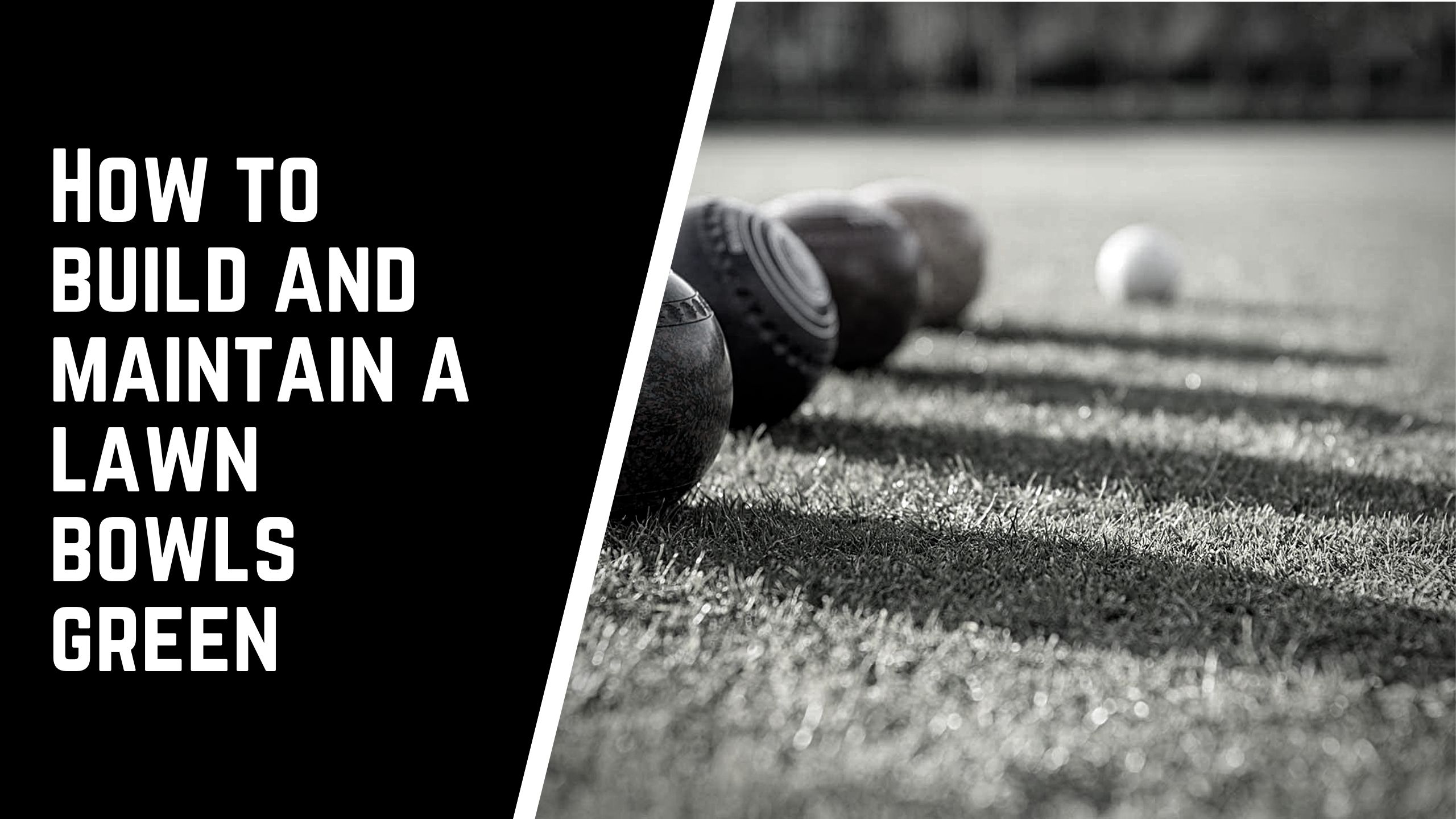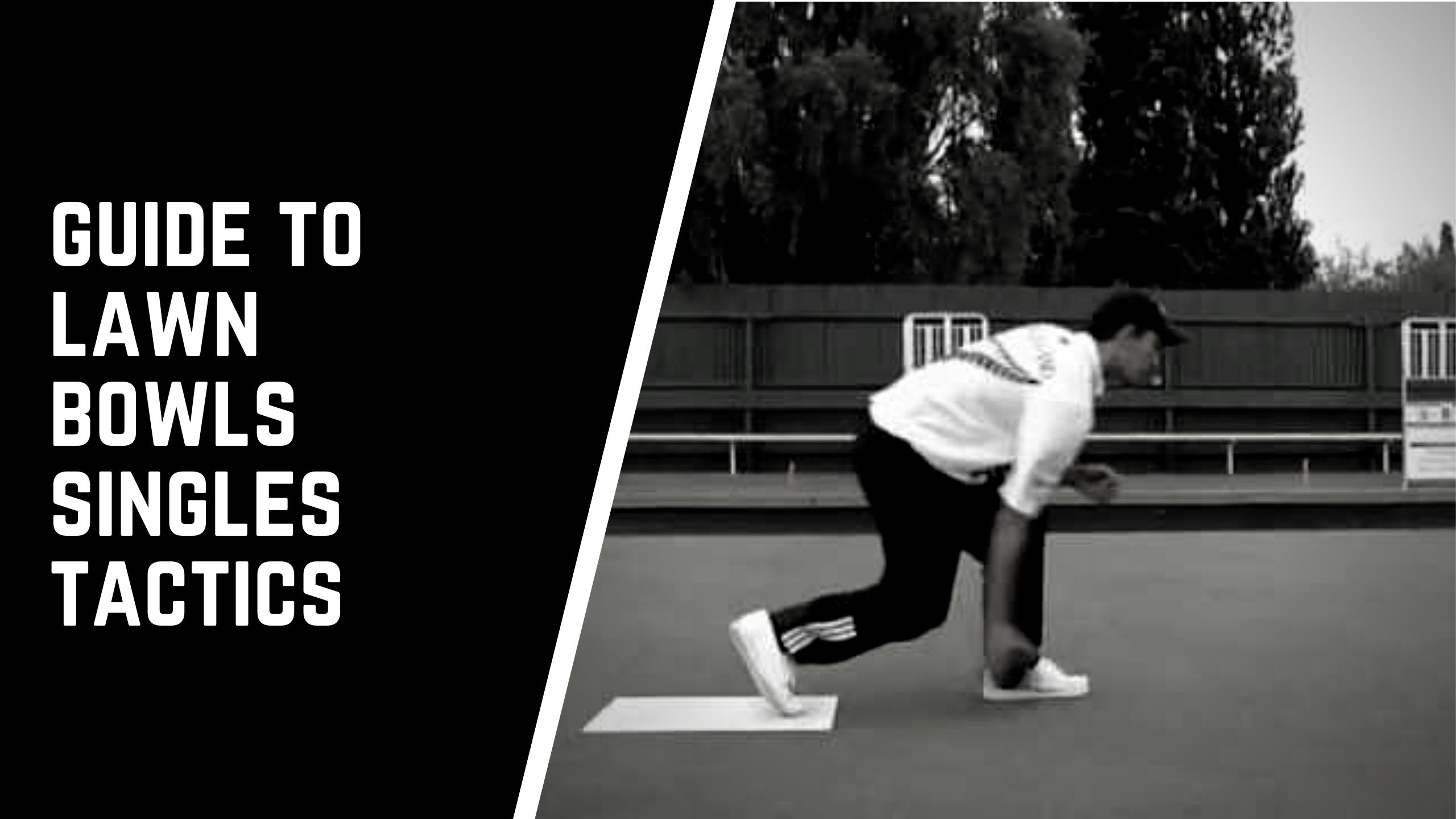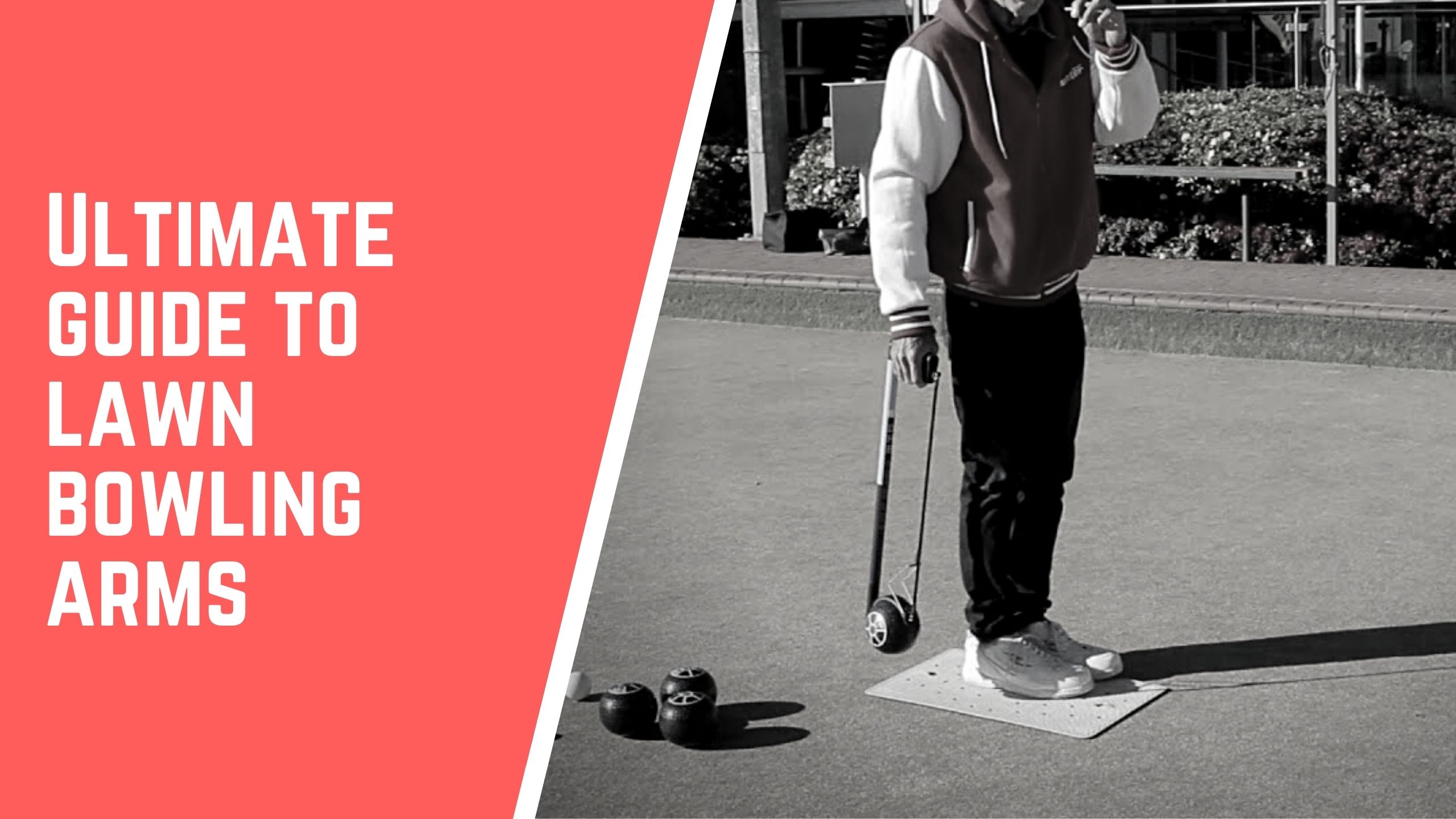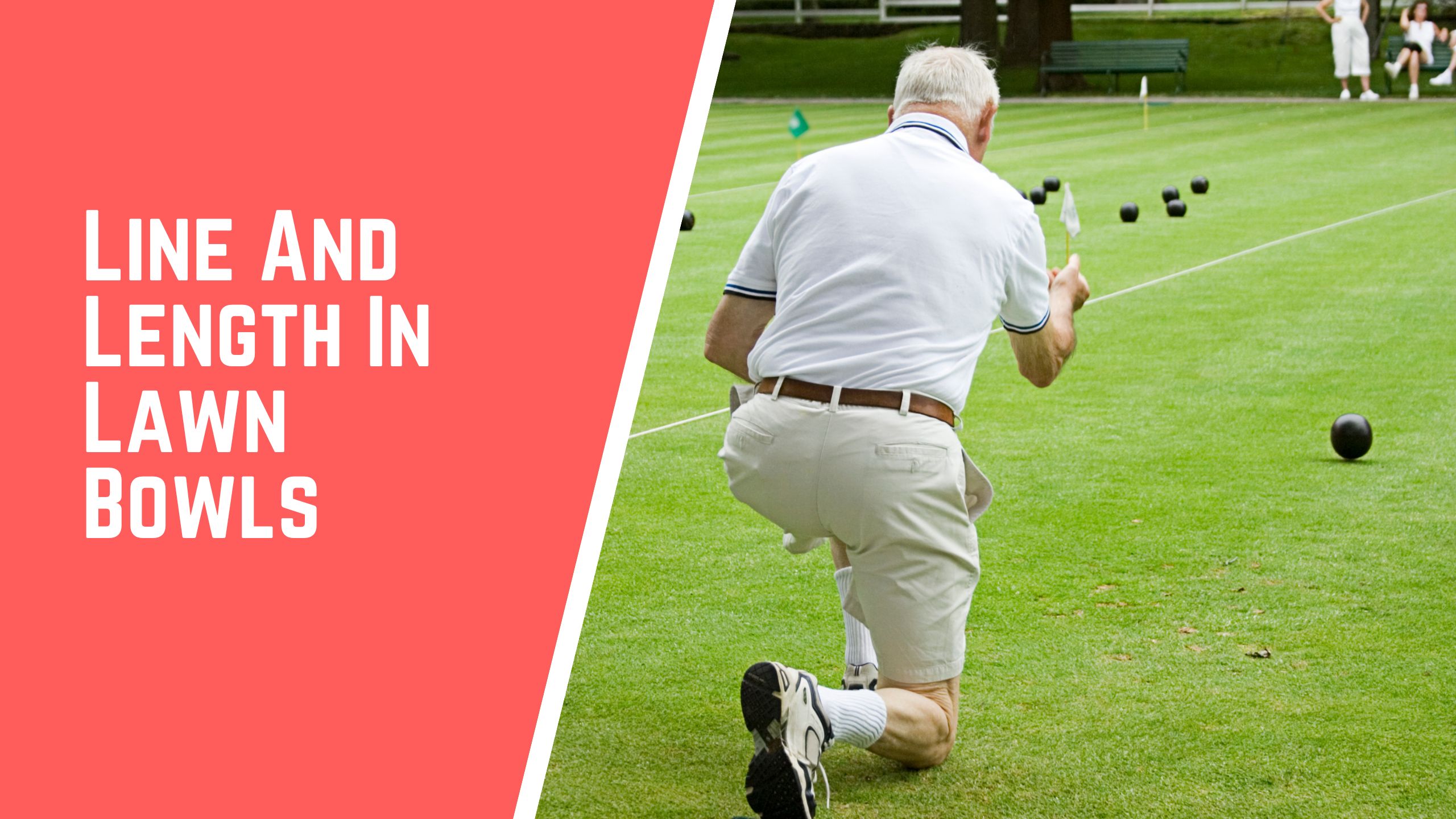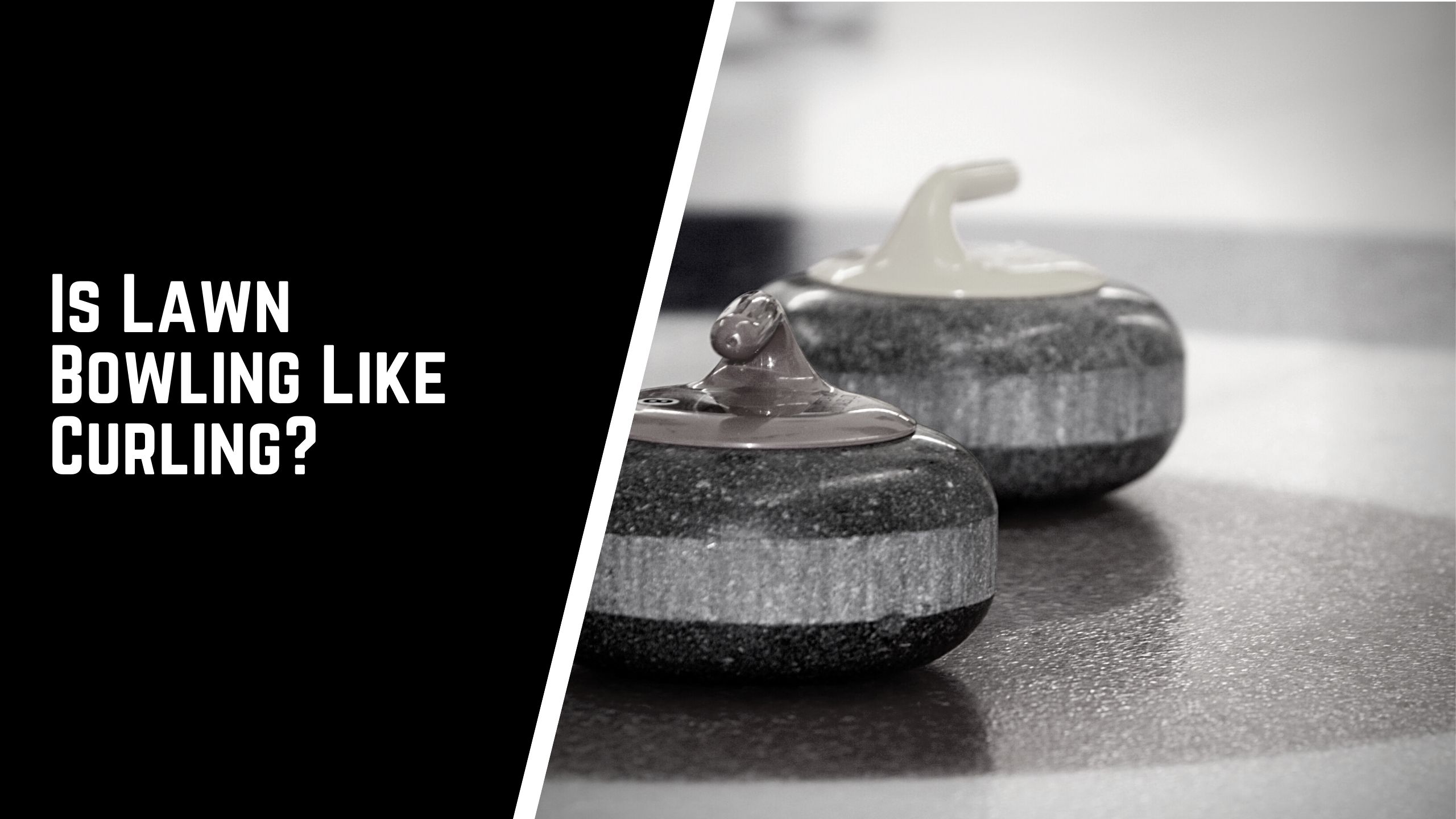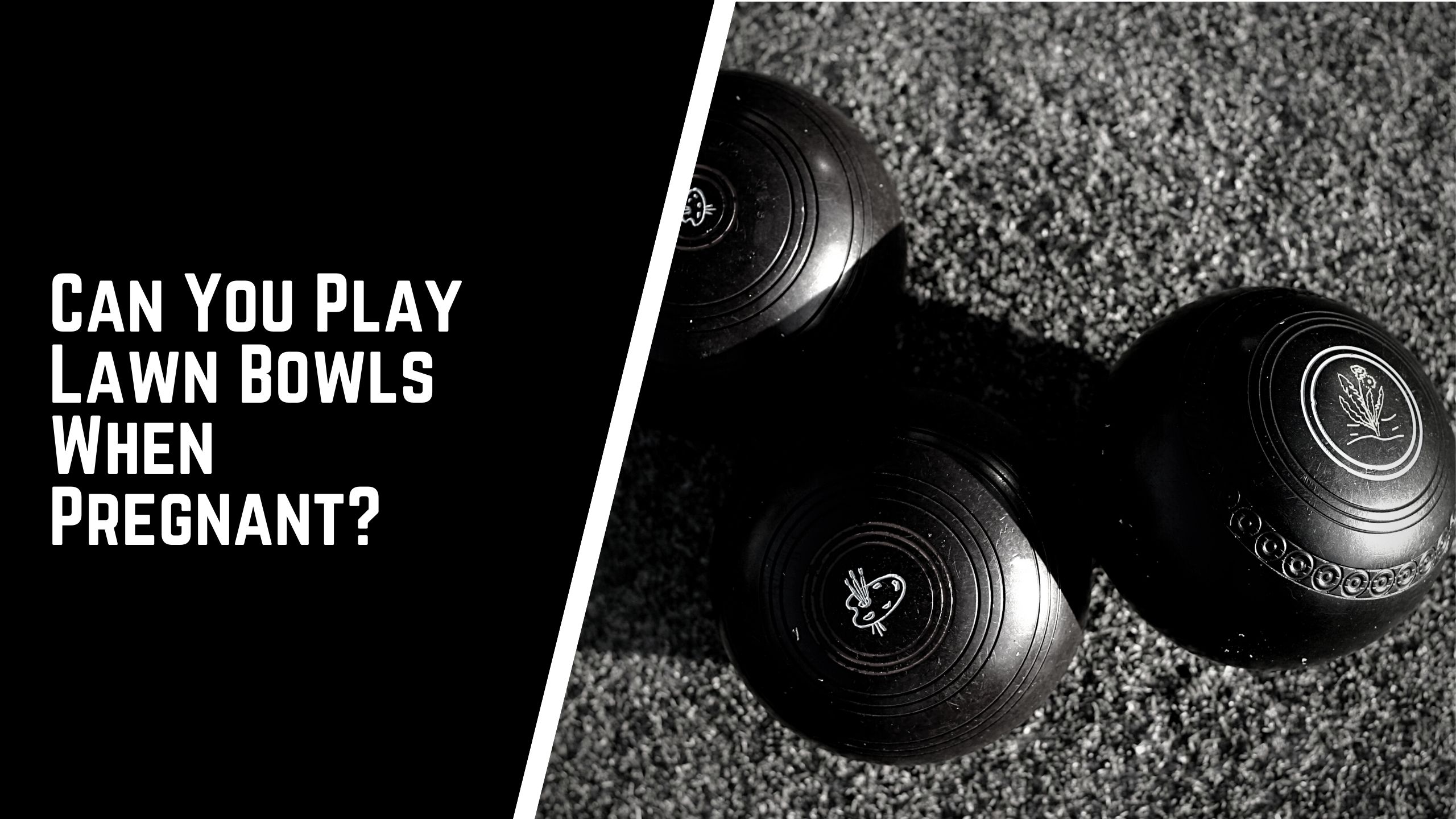Green speed can also affect what bowl model you use. Some models are designed for specific conditions, so it’s important to understand what affects speeds, and how to judge a green.
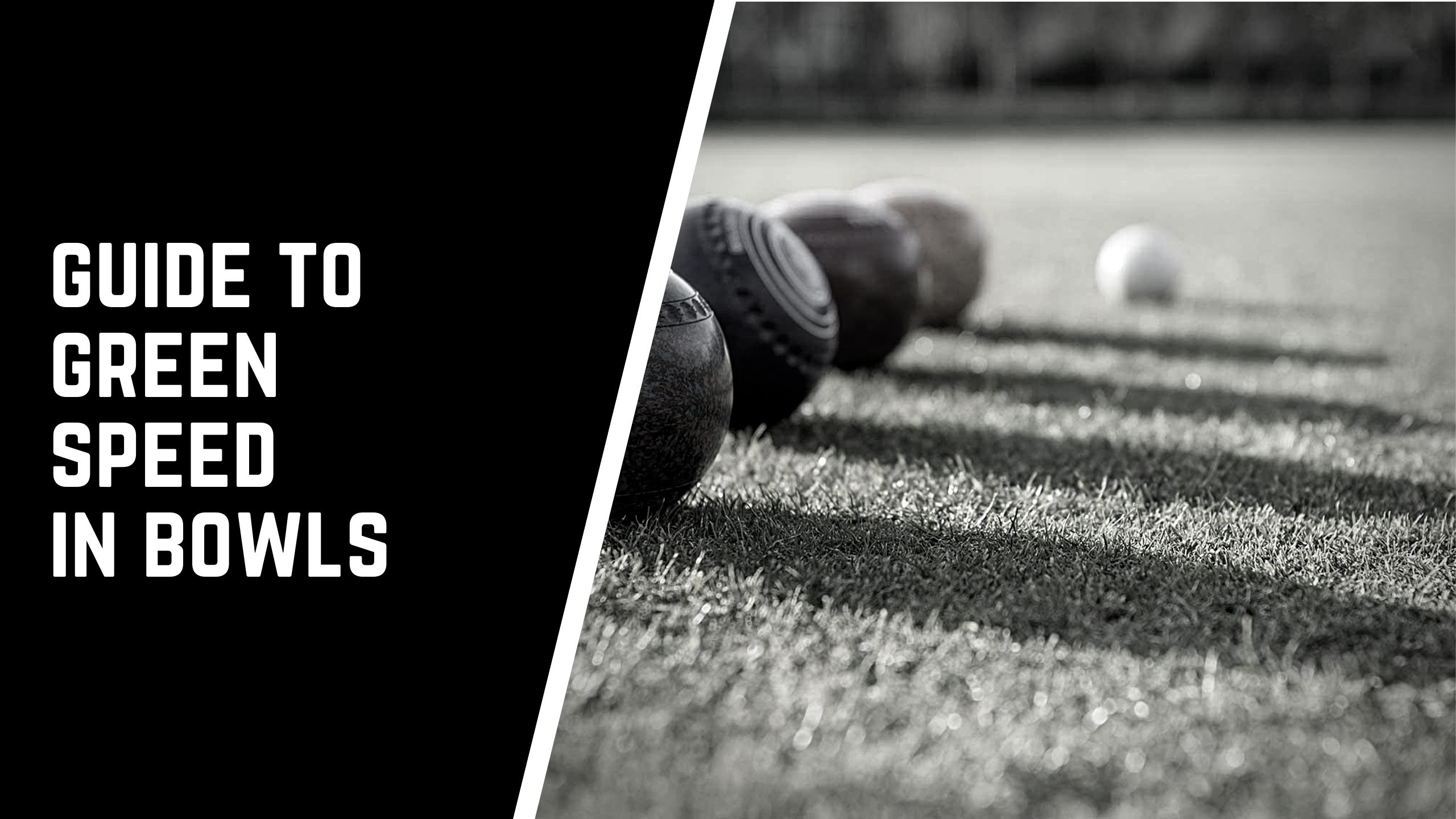
One of the major factors in a game of bowls is the speed of the green. Many players thrive on certain speeds and struggle on others.
Green speed can also affect what bowl model you use. Some models are designed for specific conditions, so it’s important to understand what affects speeds, and how to judge a green.
We know the difference between a fast green and a slow green, but when does a green become “fast”? And how is it measured?
Here is my guide to green speeds.
What is Green Speed?
First, what is green speed?
Green speed is the measurement of how “fast” a green is. When bowling on a slow green the bowler would have to exert extra force to get the bowl to finish at the same point as it would on a fast green.
The term “fast” and “slow” is a bit mis-leading as the bowl doesn’t roll faster on a “fast” green, it simply doesn’t slow down as quickly as it would on a slower green.
Another term for a “slow” green is “heavy”. To me this seems a more accurate description of how it feels to bowl on these “slow” rinks.
How you measure the speed of a lawn bowls green
The speed of a bowls green is measured in seconds. The idea behind this measure is “if you rolled a bowl at a specific weight, how long will it take to stop?”.
To do this test you’ll need a timing ramp.
lawn bowls timing ramp
You will need a timing ramp to measure the speed of a green. Each timing ramp consists of the ramp itself – to comply with the official standard it must be of the same height and angle to ensure the force on the bowl is consistent.
A ramp also comes with the ball. This ball is un-biased, so it won’t curve like a standard lawn bowl. It must be the same weight in each test. The consistency of the weight of the bowl and the height and angle of the ramp means the force the ball is delivered by the ramp is consistent, and a standard measurement can be made.
How to measure the speed of a green
Here are the official guidelines on how to use a timing ramp from Bowls Victoria.
- Place the ramp at the two-metre mark on a central rink of one of those designated for use.
- Attach a metric measuring tape to the ramp hook & secure it with wing-nut.
- Hold the sphere against the ramp backstop then release it without pushing.
- The sphere is only to be rolled once at each position,
- Measure and record the distance of this first roll,
- Measure to the centre of the sphere.
- Place the ramp at about one-third of the length of the green on the same rink and repeat the The procedure as described in (3).
- Repeat this procedure again in the opposite direction on the same rink so that four readings in total have been recorded.
- Total the sum of the four readings then divide by four.
- Refer to the scale and convert the average distance of the sphere to seconds. This system is accurate, take care with the measurements.
Official green speed timings are uncommon in the UK, but I believe they are regularly done in other countries – such as Australia. There is little point in the UK as the speed wll be somewhere between “Slow” and “Very slow”!
What affects lawn bowls green speeds
There are many factors that affect green speed. This can include how the green was created, all the way through to the conditions on the day.
The type of grass
The major factor in green speed is the grass variety. Those used in Australia are known for producing faster greens, this on top of other environmental factors make them incredibly fast compared to other regions.
Daytime temperature
Higher average daytime temperatures causes the ground to harden up. This makes the green faster.
This is a changeable factor. An extended period of hot weather can have this effect. Many of the other factors have an underlying effect on green speed.
This is the main reason for green speeds to go up during the UK summer.
Nighttime temperature
Low nighttime temperatures cause frost in the morning and dew in the evening. This surface moisture will slow a green down.
Many games are affected by dew, often changing the behaviour of the green halfway through.
Grass length
When a bowls green is freshly cut it will run faster. Even a slight change will have a dramatic effect on the behaviour of the bowls.
The reason for this is the friction caused by the grass. The longer the grass, the more friction is created, this, in turn, will slow the bowl down faster.
Where in the world you are
As noted Australia will on average have faster greens than anywhere else. This comes down to the factors above.
They use grass varieties that produce faster greens, high temperatures make the ground hard, and higher nighttime temperatures remove the risk of dew.
Lawn bowls green speeds
What is considered a “fast” green
Anything above 17 seconds is considered fast, however, if you are in the UK it’s unlikely you’ll see many of these.
In the UK anything above 14 or 15 seconds will feel extremely fast.
What is considered a “slow” green
Below 13 seconds is the general consensus for a slow green timing.
Again in the UK, you will probably find most greens are around this (at best!) so expect much slower timings than this, especially in those first couple of months of the season.
Indoor bowls green speed
Most of the variability in green speeds can be found on outdoor surfaces. Indoor rinks will play very similar regardless of the location.
17-18 seconds is considered a good indoor green speed. Indoor rinks are designed to play fast, which is why many players struggle to adjust when switching between indoor and outdoor bowls.
How can I speed up my Bowling Green?
Not a huge amount can be done to speed up a slow green on a given day, however, your best options are:
- Cut the grass regularly. A well-cut green is the best way to keep your green as fast as possible
- Cover the green in wet conditions. If possible try covering the green during periods of heavy rain. This is to prevent waterlogging and will help it drain faster
If your green remains slow, even during prolonged periods of hot weather you may have to consider re-laying the green with an emphasis on adding extra drainage. The issue will likely be that water is getting trapped in the soil and isn’t clearing away as well as it could.
Get The Complete Lawn Bowls Drill Pack
The Jack High Bowls Drill Pack is available now for instant download.
Perfect for beginners and improving players looking to be more consistent and win more games!
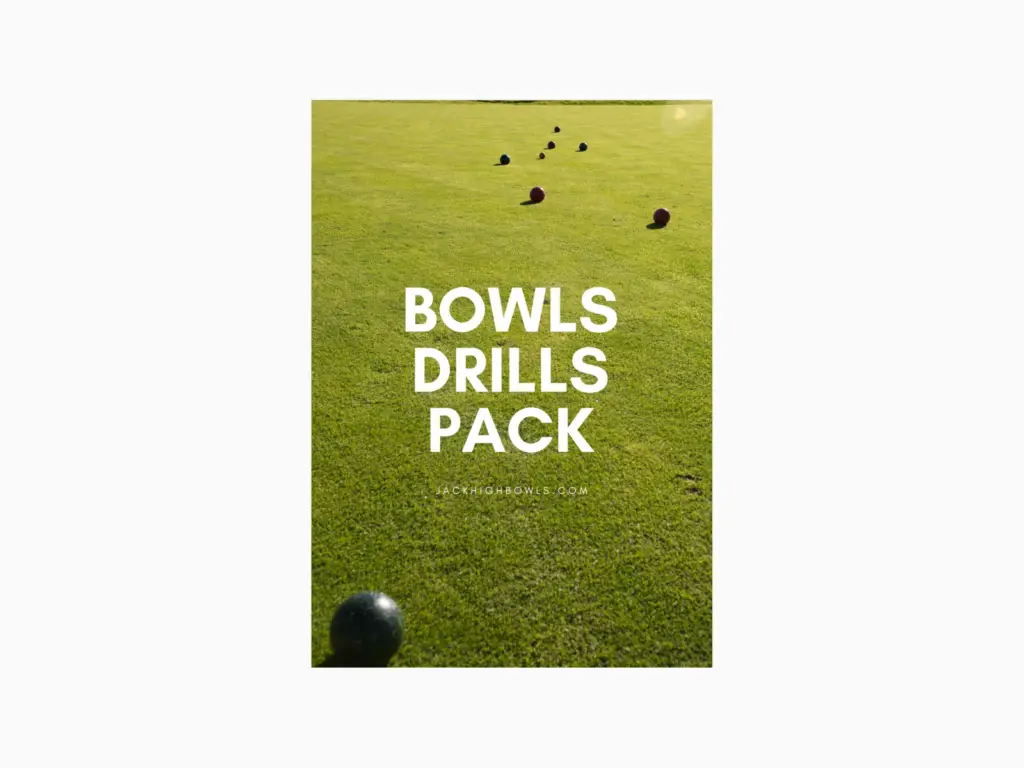
Get The Complete Lawn Bowls Drill Pack
The Jack High Bowls Drill Pack is available now for instant download.
Perfect for beginners and improving players looking to be more consistent and win more games!


